The charming medieval villages of Provençal France have long been celebrated for their thriving artistic heritage. From the ceramic studios of Vallauris, where Picasso’s iconic legacy lives on, to the intricate glass-blowing craft of Biot, these picturesque towns showcase the enduring creative spirit of the region. In Saint Paul de Vence, an artistic gem, a vibrant community of galleries proudly displays the works of renowned and emerging artists. While these villages offer a glimpse into the past, their contemporary artistic scene continues to captivate visitors, leaving them eager to explore further the rich tapestry of local art and crafts.
Key Points
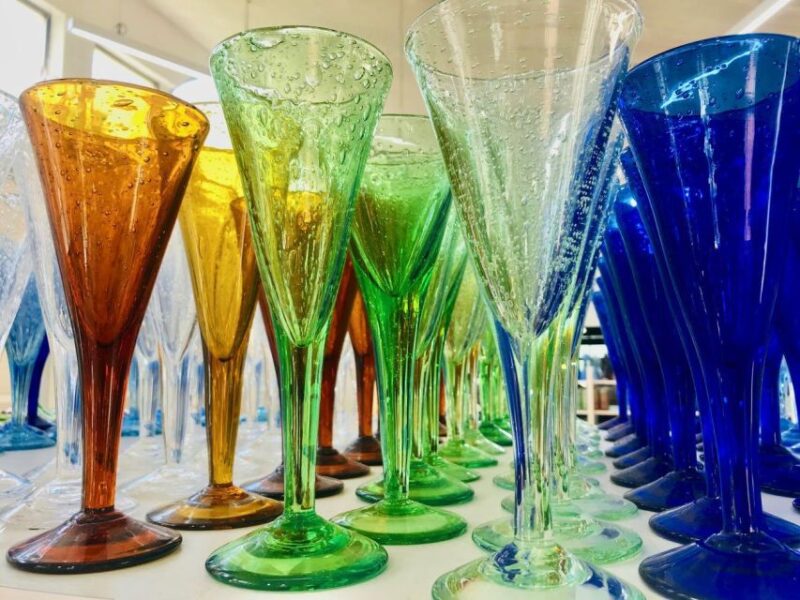
- The medieval villages of Provence, such as Vallauris and Biot, are renowned for their longstanding ceramic and glass-blowing traditions, which are showcased in local workshops and galleries.
- Vallauris, the "Ceramic Capital of Provence," was home to Pablo Picasso for 7 years, where he created over 4,000 ceramic works that have left a lasting artistic legacy.
- Saint Paul de Vence, the second most visited medieval village in France, is an artistic gem with an abundance of galleries featuring renowned and emerging artists like Chagall and Matisse.
- Visitors to these Provençal villages can enjoy the vibrant artisanal communities, witness skilled craftspeople at work, and purchase unique, locally-made art and ceramic pieces.
- The timeless charm of these medieval villages, combined with their rich artistic heritage, continues to inspire and captivate visitors from around the world.
Vallauris: Ceramic Capital of Provence
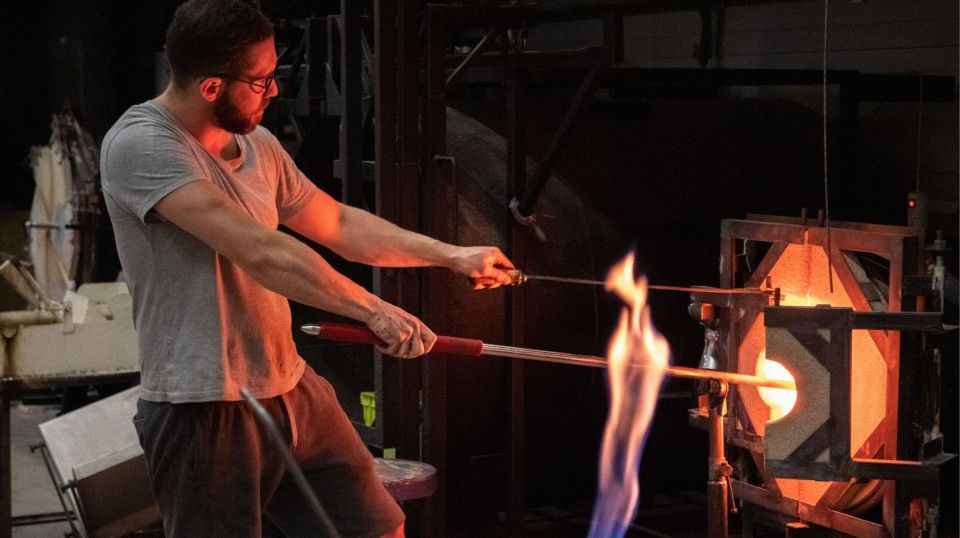
Vallauris, a Provencal village, has been the capital of ceramics for over 2000 years, boasting a rich heritage in the craft.
This quaint town was home to the renowned artist Pablo Picasso from 1948 to 1955, during which he created over 4,000 ceramic works. One of the most notable creations from this period is the famous statue on Square Isnard, titled ‘The Man and the Sheep,’ which was gifted by Picasso himself.
Today, visitors can explore Vallauris‘ vibrant ceramic scene, where local artisans continue the tradition of producing unique, handcrafted pieces that reflect the village’s deep-rooted connection to this timeless art form.
Picasso’s Ceramic Legacy in Vallauris
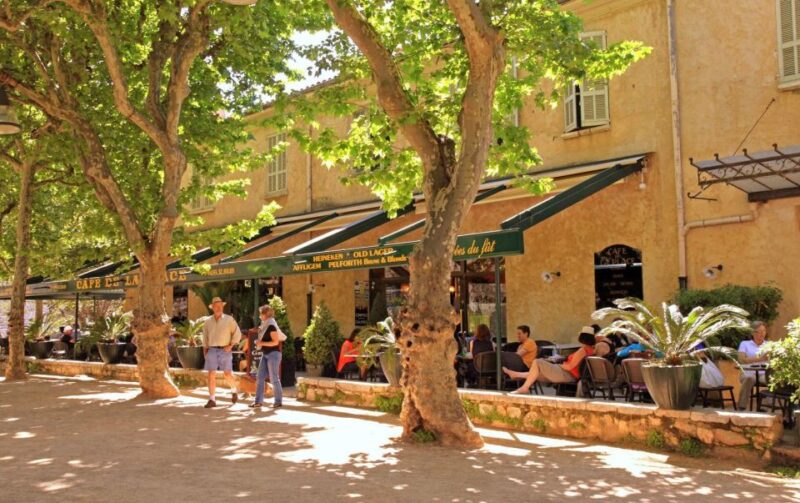
During his seven-year stay in Vallauris, the renowned artist Pablo Picasso created over 4,000 ceramic works, leaving an indelible mark on the village’s rich ceramic heritage.
Picasso’s passion for ceramics flourished in Vallauris, which had been the capital of ceramics for over 2,000 years. The village became a hub of artistic expression, attracting visitors from around the world to witness Picasso’s innovative ceramic pieces.
Today, visitors can explore Picasso’s legacy by visiting the iconic statue of ‘The Man and the Sheep‘ on the Square Isnard, which was gifted by the artist himself. Vallauris proudly celebrates its ceramic heritage and Picasso’s enduring influence on the local art and culture.
Provencal Village Charm in Vallauris

Beyond Picasso’s renowned ceramic legacy, Vallauris captivates visitors with its quintessential Provencal village charm.
Nestled in the heart of the French Riviera, this historic town has long been celebrated for its vibrant ceramic traditions, dating back over two millennia.
Wandering its picturesque streets, one is struck by the quaint architecture, bustling artisan workshops, and the warm, welcoming atmosphere that permeates the village.
Leisurely strolls through the central Square Isnard, home to Picasso’s iconic ‘Man and Sheep’ statue, offer a glimpse into the town’s artistic heritage.
Visitors can browse local galleries, interact with skilled potters, and enjoy the authentic Provençal way of life that has endured for generations.
Biot: Glass Blowing Heritage

While the Provençal charm of Vallauris captivates visitors, the medieval village of Biot is renowned for its longstanding glass-blowing heritage.
Situated just a short drive from Vallauris, Biot has been a center of glass production for centuries. Visitors can witness the intricate process of glass blowing at the local factories, where skilled artisans create unique bubble glass pieces.
The village’s streets are lined with galleries showcasing the work of these talented craftspeople, offering a glimpse into the rich cultural traditions that have been passed down through generations.
From delicate vases to whimsical sculptures, Biot’s glass art reflects the village’s enduring commitment to preserving its timeless artisanal legacy.
More Great Tours NearbyUnique Bubble Glass of Biot
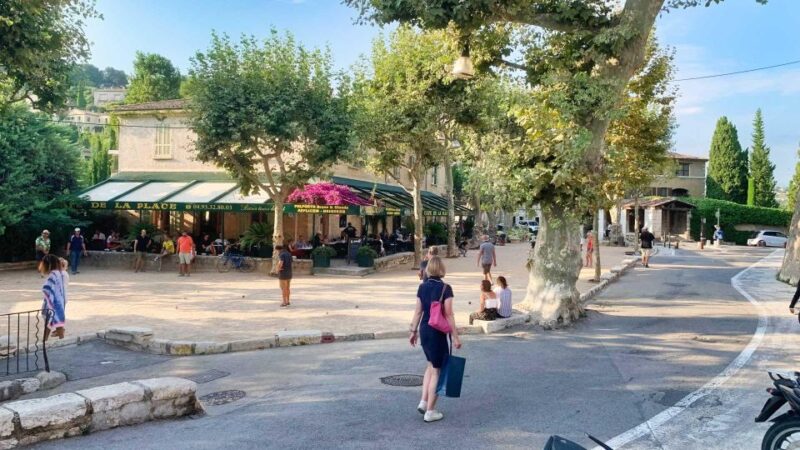
The intricate process of glass blowing in Biot produces a distinctive style of bubble glass, showcasing the artisanal expertise that has defined the village’s craft heritage for centuries. Biot’s bubble glass is renowned for its mesmerizing air pockets trapped within the transparent material, creating an ethereal, one-of-a-kind appearance. This unique technique has been passed down through generations of master craftspeople, who meticulously control the temperature and airflow to achieve the desired bubbling effect.
| Technique | Artistry | Tradition |
|---|---|---|
| Precise temperature control | Skilled hand movements | Multi-generational heritage |
| Careful air flow management | Attention to detail | Time-honored methods |
| Intricate shaping and blowing | Creative flair | Continuous innovation |
| Exacting finishing touches | Passion for the craft | Dedication to quality |
Saint Paul De Vence: Artistic Gem
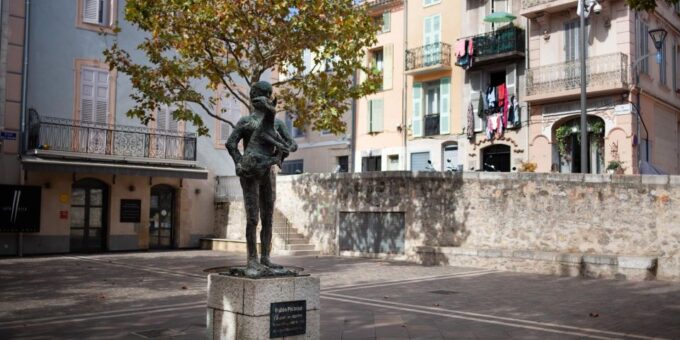
Saint Paul de Vence stands as a jewel of Provence, captivating visitors with its renowned art galleries and legacy as a muse for artists over the past century. This medieval village is the second most visited in France, drawing creatives and art enthusiasts alike.
An abundance of art galleries showcasing the work of both renowned and emerging artists.
The final resting place of the legendary artist Marc Chagall, who spent his final years in Saint Paul de Vence.
A vibrant community of local artisans and craftspeople, each contributing to the village’s rich creative atmosphere.
Stunning vistas of the surrounding countryside, inspiring the same sense of awe that has drawn artists here for generations.
Galleries and Charm of Saint Paul
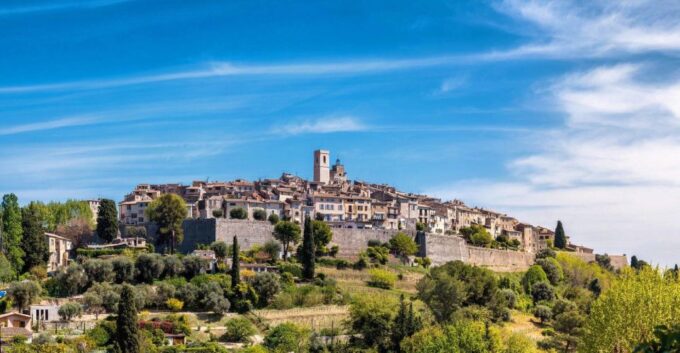
Wandering the charming streets of Saint Paul de Vence, visitors can’t help but be captivated by the abundance of art galleries showcasing work from renowned and emerging artists alike. From classic French oil paintings to contemporary sculptures, the village’s galleries offer an unparalleled artistic experience. Visitors can explore the following top galleries:
| Gallery | Featured Artists | Mediums |
|---|---|---|
| Galerie Regards | Monet, Picasso | Oil, Watercolor |
| Galerie Belledonne | Chagall, Matisse | Mixed Media, Bronze |
| Galerie Espace | Dali, Miró | Surrealist, Abstract |
With its cobblestone streets, charming cafes, and artistic flair, Saint Paul de Vence continues to captivate visitors and inspire creatives from around the world.
Chagall’s Last Moments in Saint Paul
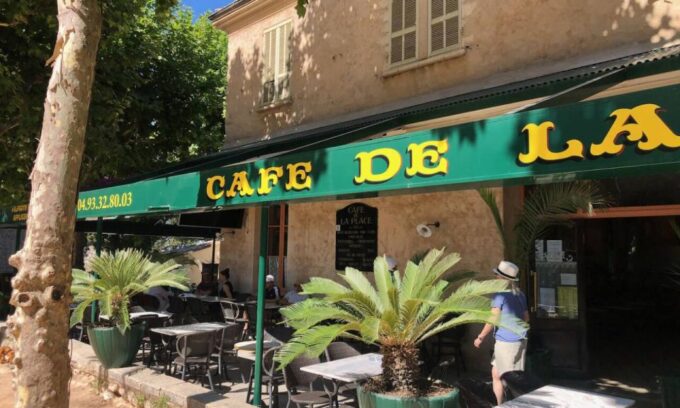
Where did acclaimed artist Marc Chagall spend his final days? In the charming village of Saint Paul de Vence, which had captivated him for over a century.
Chagall, known for his vibrant, dreamlike paintings, chose this picturesque Provençal town as the setting for his last moments.
Saint Paul de Vence’s cobblestone streets, medieval architecture, and thriving art scene made it a natural choice for the artist’s final resting place.
Chagall’s legacy lives on through the numerous galleries and studios that dot the village, showcasing the work of both established and emerging artists. His spirit continues to inspire visitors from around the world who come to Saint Paul de Vence to experience its timeless charm.
Frequently Asked Questions

Is the Tour Group Size Limited?
The tour group size is limited to a maximum of 8 people. The pricing information provided indicates that the tour is priced "per group up to 8 people," suggesting a group size cap of 8 participants.
What Are the Payment Options for the Tour?
The tour offers a "reserve now, pay later" option for payment. Customers can book the tour upfront and pay for it later, making it a flexible payment choice.
Can the Tour Be Customized to Individual Interests?
The tour can be customized to individual interests. The private tour allows flexibility to adjust the itinerary and focus on the traveler’s specific interests in Provencal art, culture, and history within the outlined destinations.
Are There Any Age Restrictions or Requirements for the Tour?
The tour has no age restrictions or requirements. It’s suitable for all ages, from children to seniors, as the activities can be tailored to accommodate different interests and abilities.
Is There an Option to Extend the Duration of the Tour?
The tour offers a 5-hour duration, but there’s an option to extend the tour upon request. Guests can discuss extending the tour length with the tour guide or operator to accommodate their scheduling needs.
Recap
The medieval villages of Provence have long been celebrated for their rich artistic heritage.
From the ceramic tradition in Vallauris to the intricate glass-blowing craft in Biot, these Provençal towns continue to showcase the enduring creative spirit of the region.
Saint Paul de Vence, an artistic gem, boasts a vibrant community of galleries that pay homage to renowned and emerging artists, preserving the area’s cultural legacy.
You can check availability for your dates here: